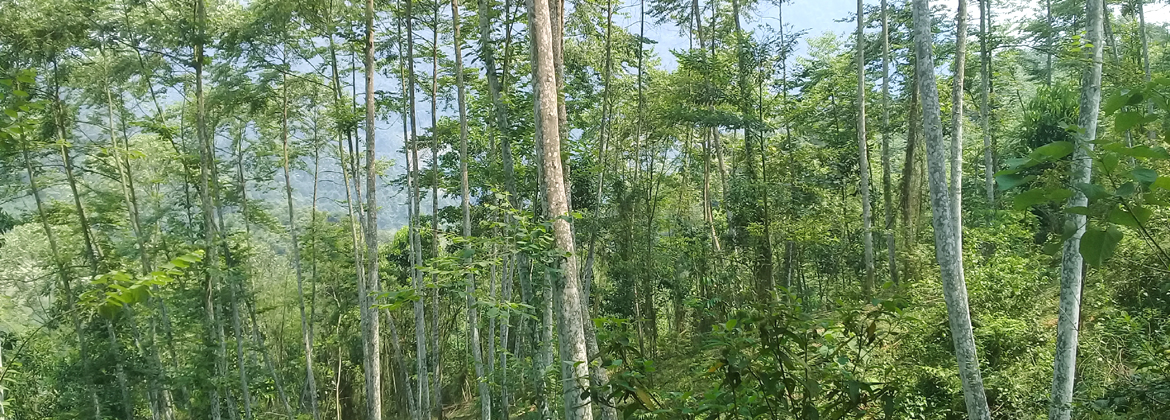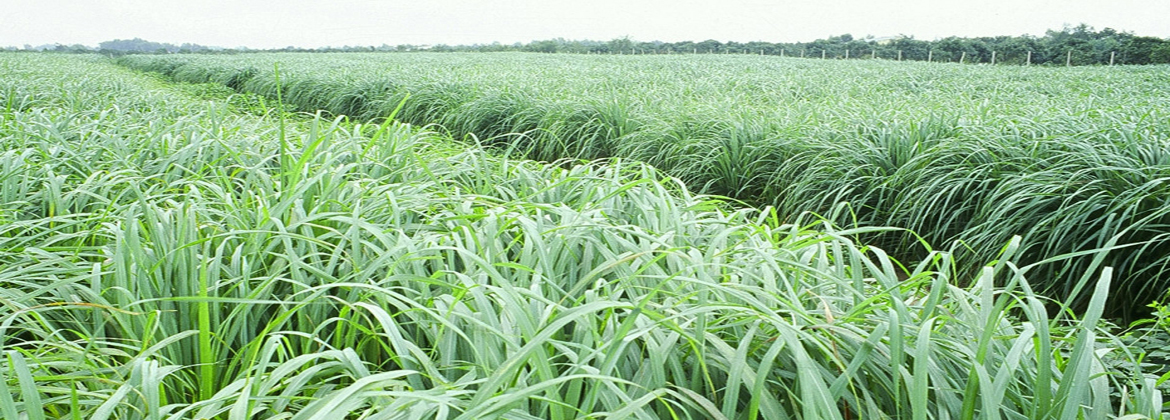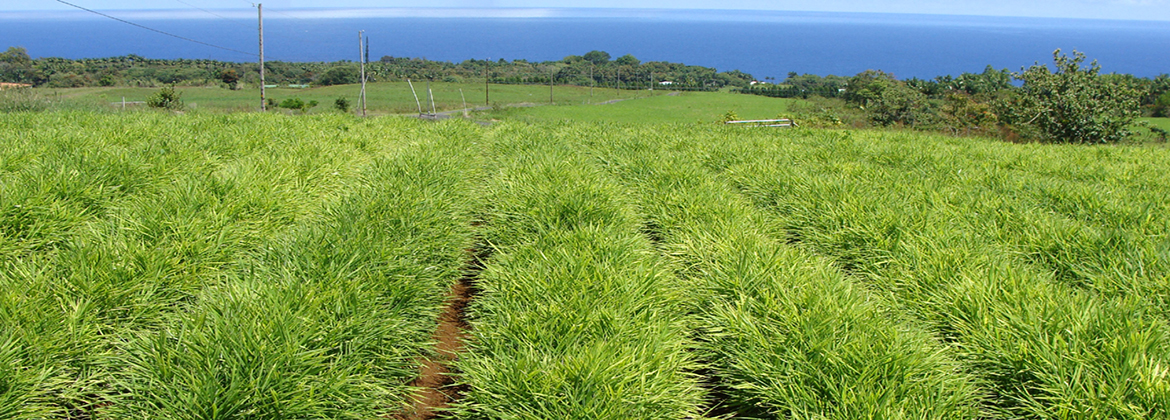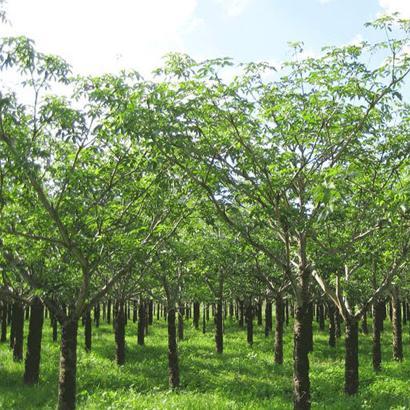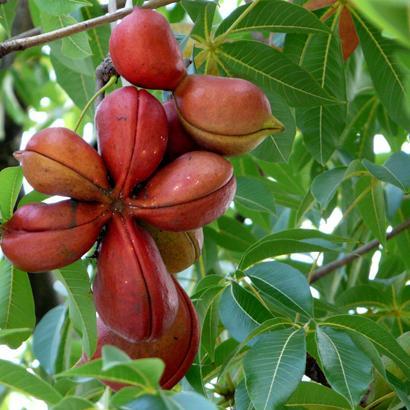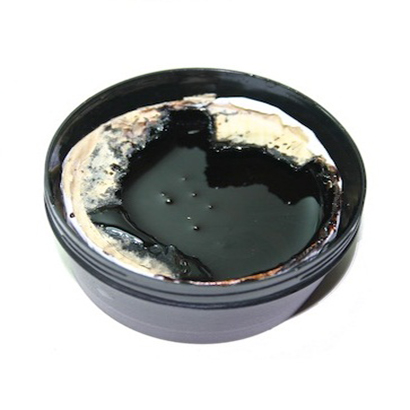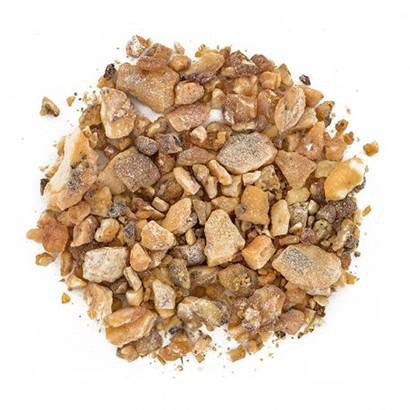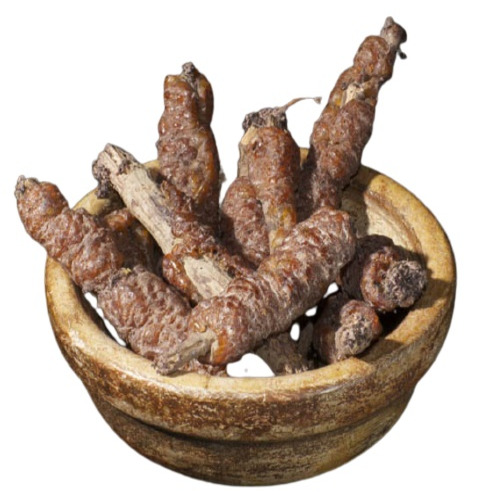GUM & RESIN
Katri Gum
Product code: MUTROM
Net weight: 25kg
Price: Contact
Botanical name: Sterculia Foetida L, Families Sterculiaceae.
Commecial name: Karaya Gum
Origin: Ninh Thuan Vietnam
Grade: Food grade
Supply Ability: 100 tons per year.
Origin: Ninh Thuan Vietnam
Grade: Food grade
Supply Ability: 100 tons per year.
Botanical
The majority of commercial karaya gum is obtained from Sterculia urens , which is a soft-wooded tree that grows to approximately 10 meters. It is native to Vietnam, where it is found on the dry, rocky hills and plateaus; it grows there almost exclusively, where it is cultivated for karaya production. All parts of the tree exude a soft gum when injured. Karaya gum is produced by charring or scarring the tree trunk and removing a piece of bark or by drilling holes into the trunk. The gum seeps from the scars and is collected, washed, and dried. The gum is then graded. A mature tree may yield 1 to 5 kg of gum per season. The flowers bloom from February to March, and the tree bears a star-shaped fruit.
History
Karaya gum has been used commercially for about 100 years. Its use became widespread during the early 20th century, when it was used as an adulterant or alternative for tragacanth gum.
However, experience indicated that karaya possessed certain physiochemical properties that made it more useful than tragacanth; furthermore, karaya gum was less expensive. Currently the gum is used in a variety of products, including cosmetics, hair sprays, and lotions, to provide bulk.
Chemistry
Karaya gum is a complex, partially acetylated polysaccharide obtained as a calcium and magnesium salt. The polysaccharide component of karaya has a high molecular weight and is composed of galacturonic acid, beta-D-galactose, glucuronic acid, L-rhamnose, and other residues.
The quality of karaya gum depends on the thoroughness of impurity removal. Food-grade gum is usually a white to pinkish gray powder with a slight vinegar odor. Pharmaceutical grades of karaya may be almost clear or translucent.
Karaya gum is the least soluble of the commercial plant exudates, but it absorbs water rapidly and swells to form viscous colloidal solutions even at low concentrations (1%). The swelling behavior of karaya gum is dependent upon the presence of acetyl groups in its structure. Deacetylation through alkali treatment results in a water soluble gum. When used in higher concentrations in water (up to 4%), karaya forms gels or pastes. Unlike other gums, karaya swells in 60% alcohol, but remains insoluble in other organic solvents. Karaya may absorb up to 100 times its weight in water.
Uses and Pharmacology
Karaya gum is not digested or absorbed systemically. It is essentially inert and is not associated with any pharmacologic activity. Karaya gum has a number of applications in the food industry.
Pharmaceutical uses
Medicinally, karaya gum is an effective bulk laxative as gum particles absorb water and swell to 60 to 100 times their original volume. The mechanism of action is an increase in the volume of the gut contents. Karaya gum should be taken with plenty of fluid and it may take a few days for effects to be noticeable. It also has been used as an adhesive for dental fixtures and ostomy equipment, and as a base for salicylic acid patches. Some preliminary studies suggest that gums may normalize blood sugar and plasma lipid levels, but this has not been thoroughly investigated.
The demulcent properties of the gum make it useful as an ingredient in lozenges to relieve sore throat. A protective coating of karaya gum applied to dentures has been shown to reduce bacterial adhesion by 98%.
Clinical trial data are lacking in support of the pharmaceutical applications of karaya gum.
The use of karaya gum as a carrier for drugs with differing solubilities in aqueous medium has been investigated.

